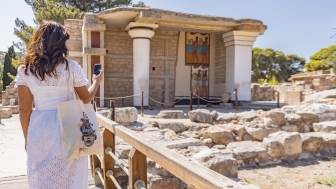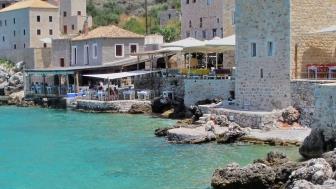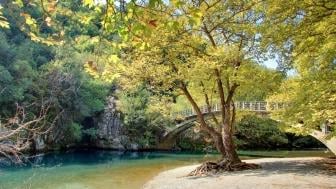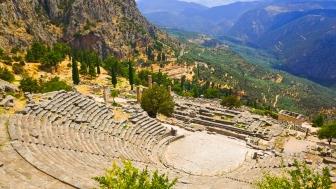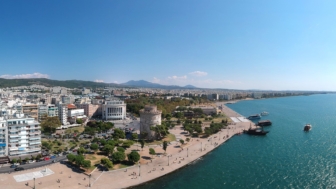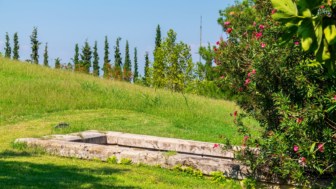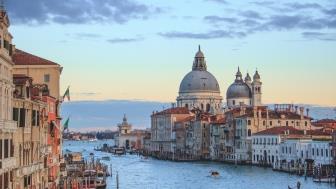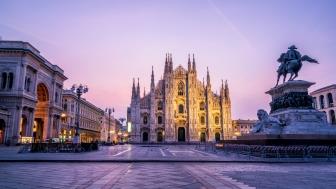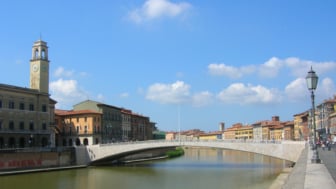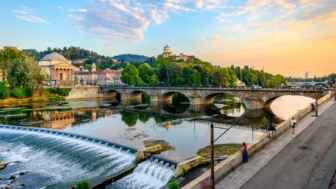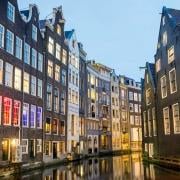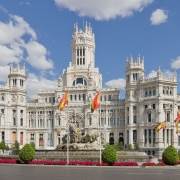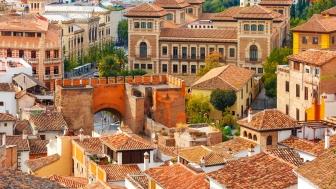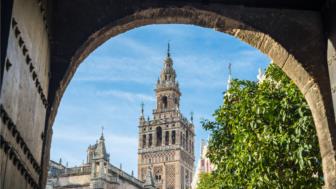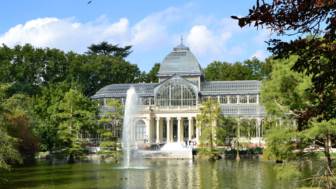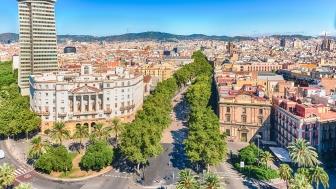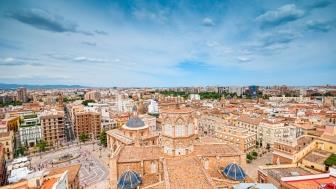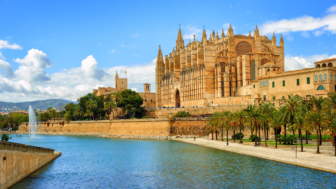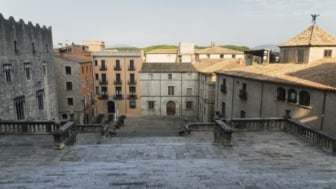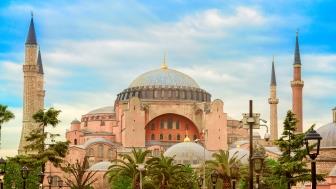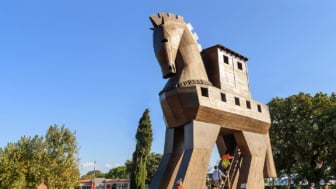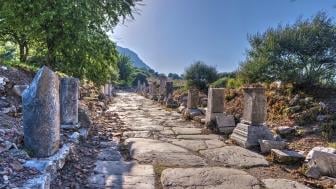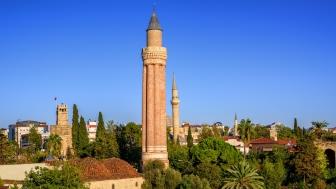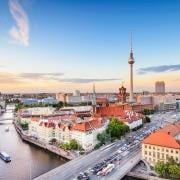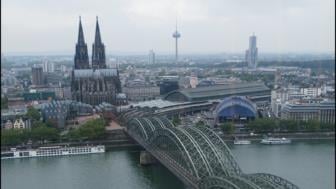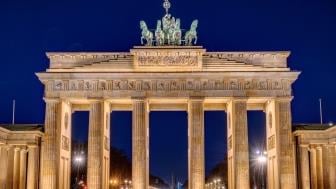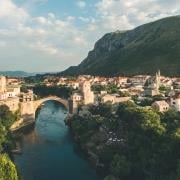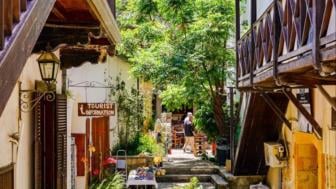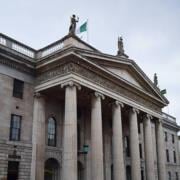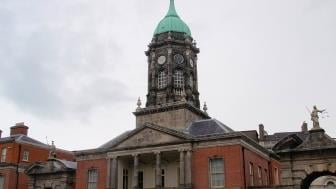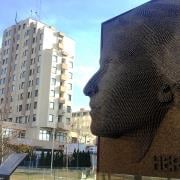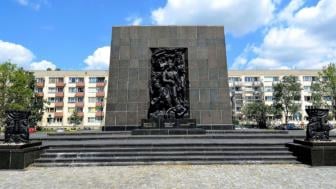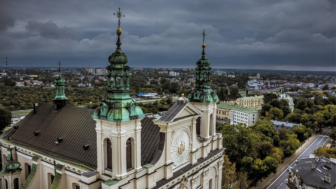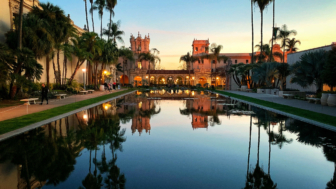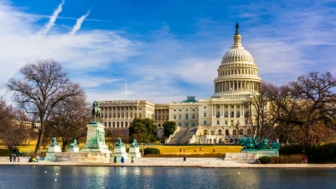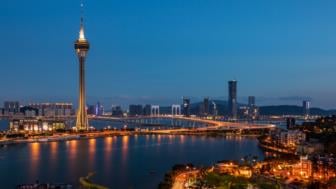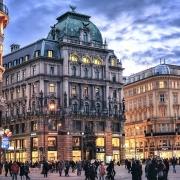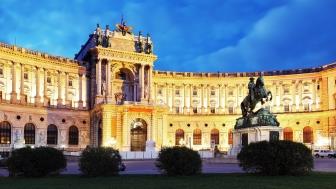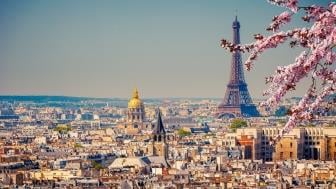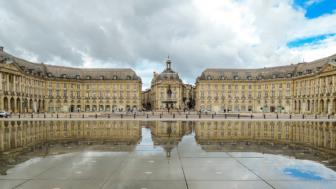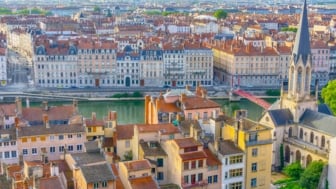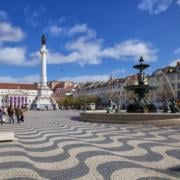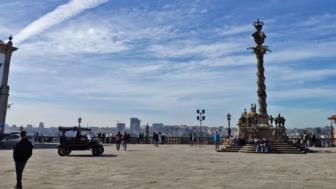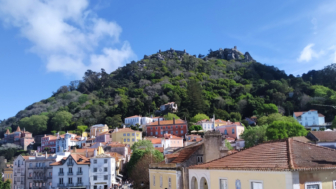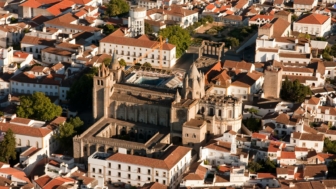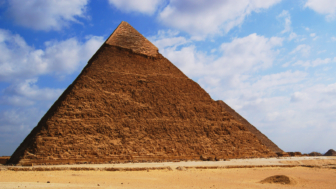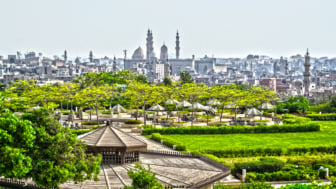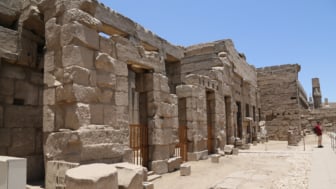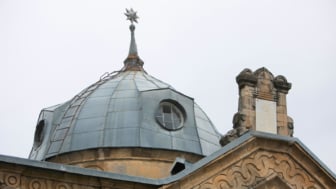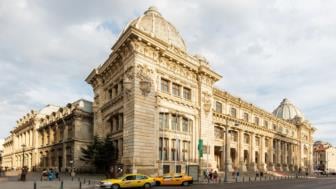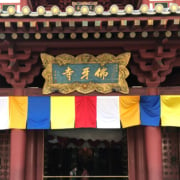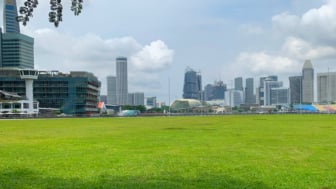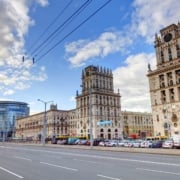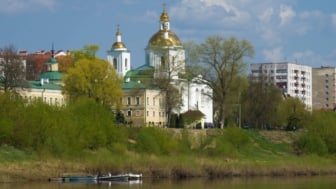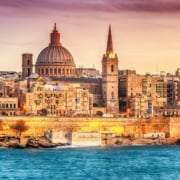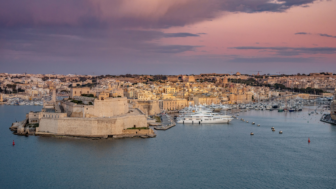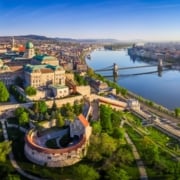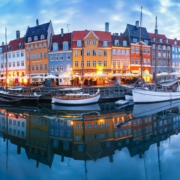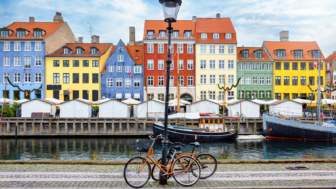Imposingly standing in Cologne, the most populous city of the North-Rhine Westphalia region and the fourth largest city in Germany, the Cathedral is Cologne’s most visited site. Its story, driven by human ambition, starts in 1248. An architectural masterpiece that is said to have caused the devil’s jealousy, the Cologne Cathedral houses remarkable artworks and reliquaries that to this day, inspire awe to millions of visitors. Here are 7 facts to know about The Cologne Cathedral.
Why was the Cologne Cathedral constructed
According to the Gospel of St. Matthew, three kings from the east, also known as “The Three Magi” or “The Three Wise Men” followed a star to arrive in Bethlehem bearing gifts for the newborn Jesus. When their mission was completed, they returned back home and no one ever heard of them again. It wasn’t until several centuries later, when Saint Helen, the mother of the emperor Constantine, discovered the relics of the “The Three Wise Men” and brought them to Constantinople (present-day Istanbul). In 314 the remains were transferred to Milan where they remained for eight centuries until Archbishop Rainald von Dassel brought them to Cologne in 1164. That’s when they reached their final destination. Some years later a golden shrine was constructed to keep the remains of “the three Kings” safe, but it wasn’t enough. A spectacular cathedral was a more suited fit for safely storing the remains of the Biblical Magi. And that’s how one of the world’s top attractions came to life.

The cathedral’s construction took 600 years to complete
The basilica’s construction began in 1248 and by 1265 the choir aisles, as well as the chevet, were completed. Εven though, its construction stopped in 1560 and some parts remained unfinished, the cathedral was consecrated in 1322. However, during the French Revolution, when the city was occupied by the French army, the building was transformed into a prison, with parts of it converted to storage rooms and stables while the nave’s furnishings were used for firewood. The reconstruction started again in the 19th century and finally, in 1880, the Germans celebrated the inauguration of the outstanding cathedral with a national event.
The Cologne Cathedral was bombarded 84 times
During WWII, the cathedral was hit by 70 firebombs and 14 highly explosive bombs. Thankfully, its size and recognizable construction saved it from being utterly destroyed as it served as a reference point for pilots flying over the city. By 1948, the choir and the transept were already restored but it took more years for the west wing and the façade to be fully recovered. Luckily, despite the numerous attacks, the cathedral’s original design was preserved and until nowadays, it remains an excellent amalgam of Gothic architecture and neo-gothic revival of the 19th century.
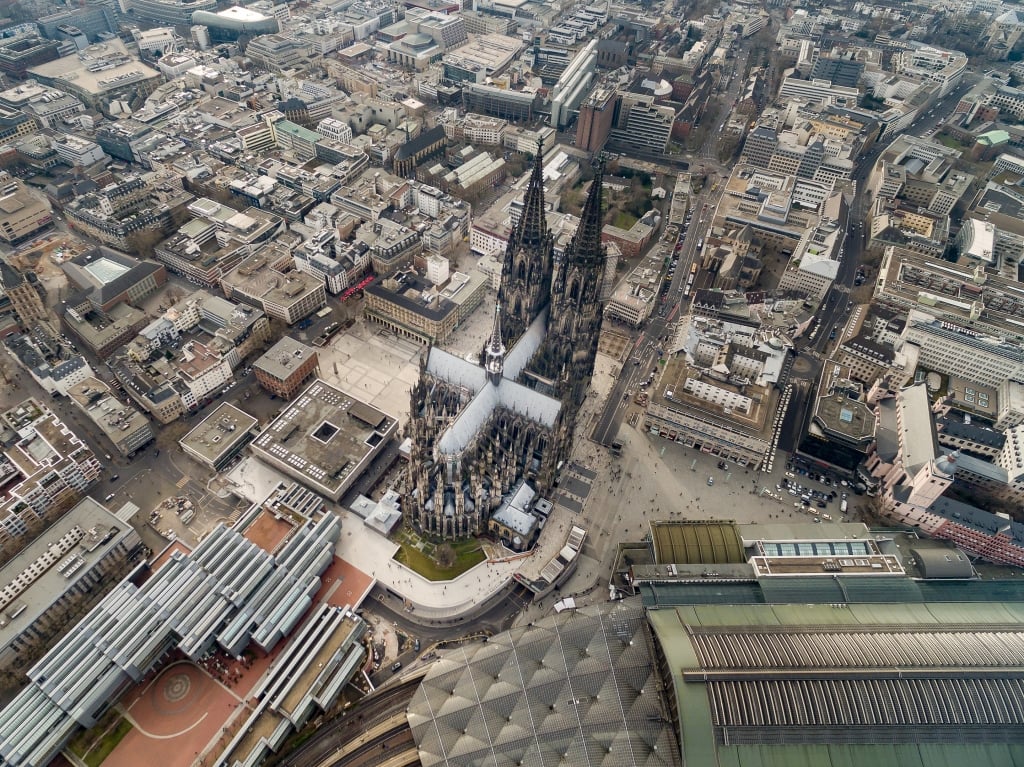
What you will see inside The Cologne Cathedral
Home to numerous exceptional altarpieces, the basilica is a true museum. Behind the High Altar, in the Cathedral Chapel, visitors will see the oldest stained glass window which dates back to the 13th century, and it is known as the earliest preserved ‘Bible window’ in Germany. Moreover, the Cologne Cathedral houses the earliest representation of the Crucifixion in Western Art, a carved-in-oak Gero Crucifix which dates back to the 970s and is well-known as the oldest surviving monumental sculpture.
The Patron Saints of Cologne, an altarpiece created by Stephan Lochner, the most prominent artist of his time in Cologne, decorates the Chapel of the Virgin while a stained glass placed in the south transept adds a modern touch to the basilica. Created by the renowned German artist Gerhard Richter, the contemporary art piece consists of over 11.000 identically sized glass pieces in 72 colors. Last but not least, it is said that the exquisite wooden statue that depicts the Virgin Mary holding the Jesus child, has miraculous powers.
The basilica’s impressive façade
With its enormous twin spires adorned with jamb sculptures, the Cologne Cathedral is known for having the largest façade of any church in the world. The southern section was built in the 19th century while the western, which is used as an entrance, begun in 1330. Due to its remarkable Gothic architecture, UNESCO declared Cologne Cathedral a World Heritage Site in 1996.

See Cologne from above
Between 1880 and 1884, the Cologne Cathedral was the tallest building in the world thanks to its towers. The twin towers were added in the 19th century following the original plans while the south tower was embellished with a platform that to this day is open to visitors offering a panoramic view of the city. As you climb the more than 500 steps to reach the stunning platform, look for the bell chamber and see The Fat Peter Bell, the largest freely swinging church bell in the world.
The Cologne Cathedral in pop culture
The cathedral was the setting for the 1927s silent crime film, The beggar from Cologne Cathedral. Directed by Rolf Randolf, the crime film was shot on location and it is considered a typical German film of the 1920s.




